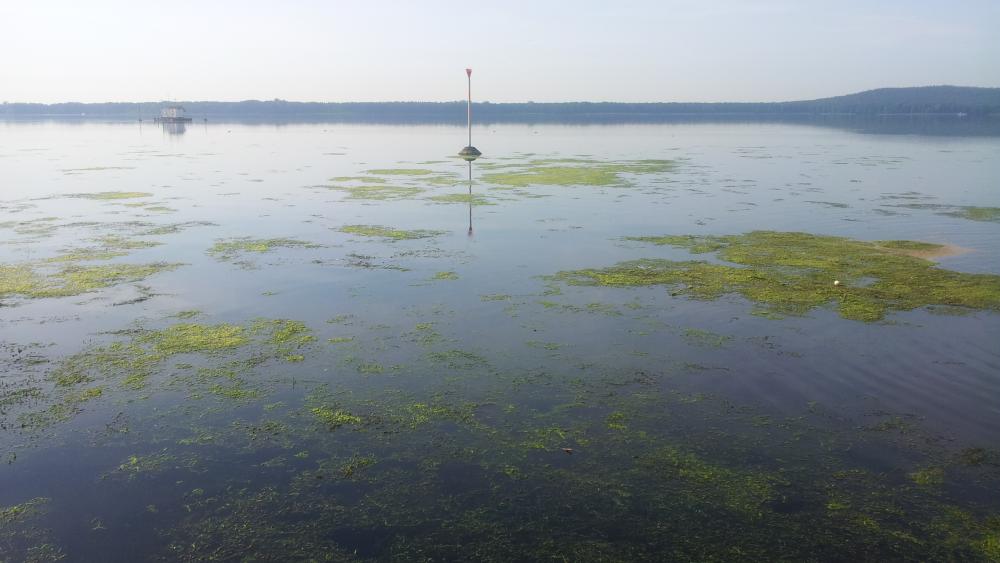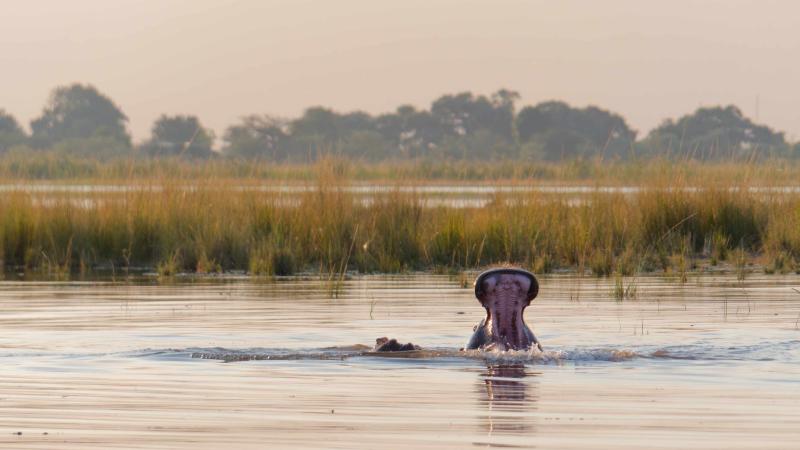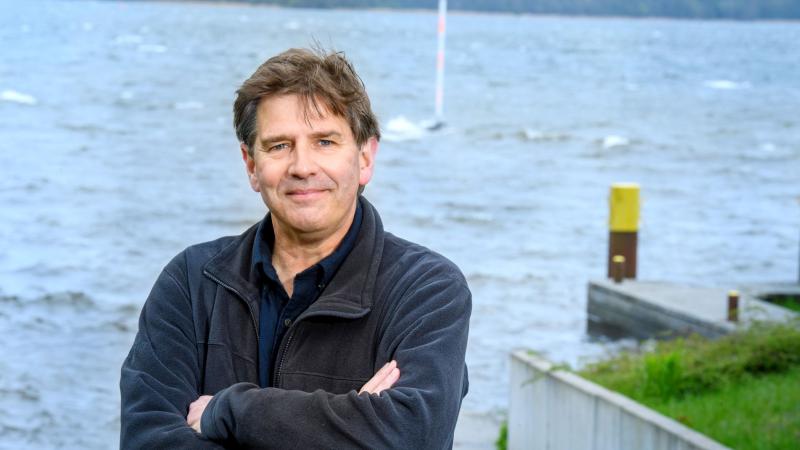
Can no longer be overlooked: The aquatic plants in the Müggelsee in August 2017. | Photo: Sabine Hilt / IGB
The Große Müggelsee is Berlin's largest lake and also a "home lake" of the IGB - the main building of the research institute is located directly on its shore. For this reason measurements on water temperature, visibility depth and oxygen content have been carried out since the 1970s in an interval of every five minutes. Since 2014, the lake is even dived yearly to investigate the manner and spread of aquatic plants.
For some years, the water has become much clearer also in summer, allowing more light to get into the (not too deep) depths of the lake and thus also encourages the growth of underwater plants. More plants, in turn, lead to clearer water, clear water to more plants - a positive feedback, which is typical, especially in shallow lakes. The reasons for the undisturbed water of the Müggelsee are currently under intensive investigation. Whether the plants alone are responsible for this condition is still to be clarified. But one thing the scientists can already say:
The tickling water plants keep the water clear
Aquatic plants keep the water clear, prevent the growth of partly toxic cyanobacteria - commonly known as blue-green algae - and are a nursery, retreat and pantry for fish, water birds and insects. For the lake, the increased plant growth is a positive development. Mowing of aquatic plants is therefore not recommended from an environmental perspective. We might have to get used to the tickling while swimming in Müggelsee.




